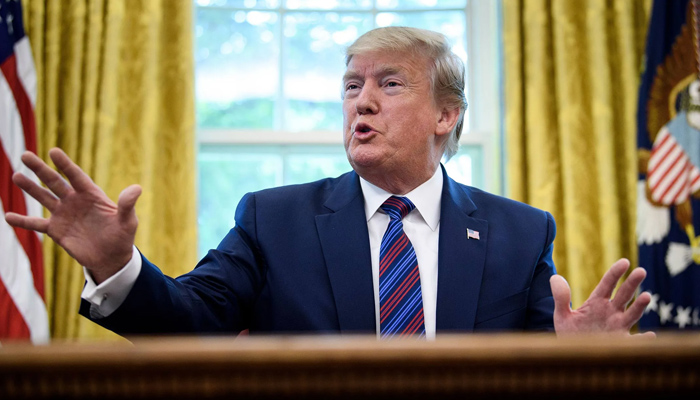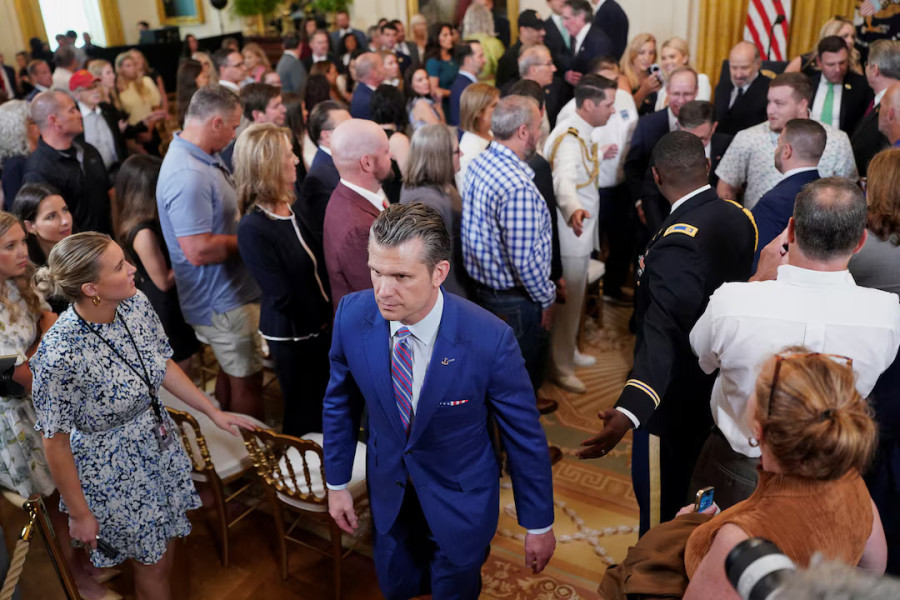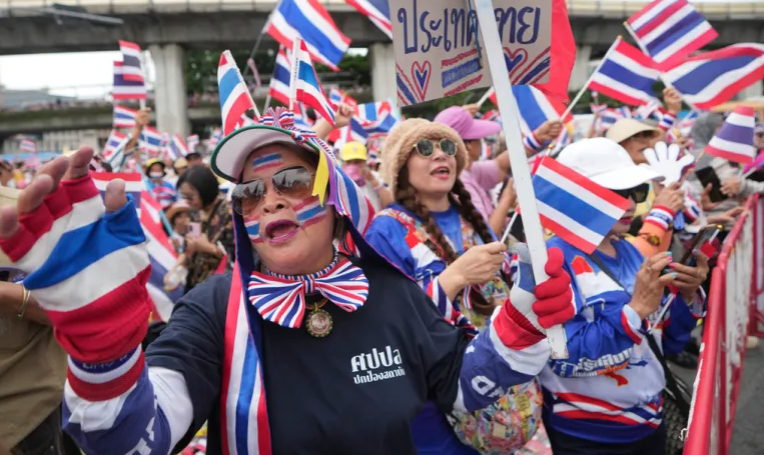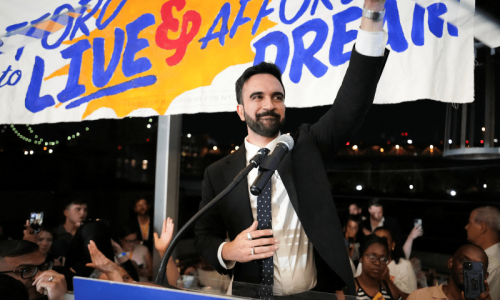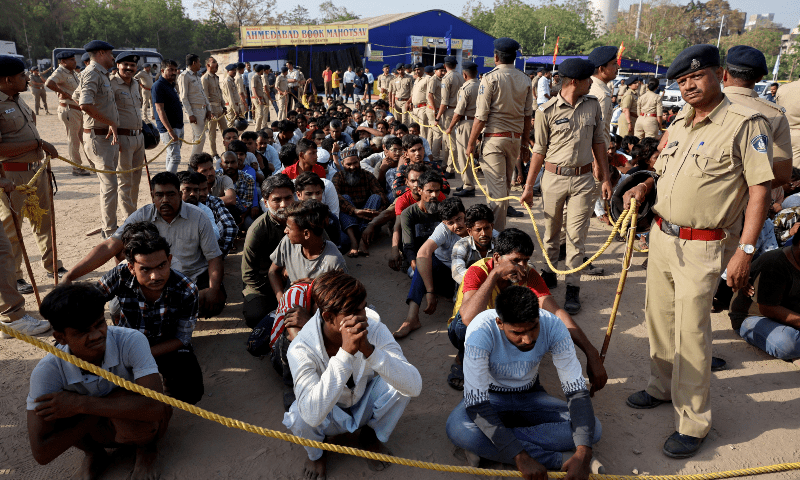WORLD NEWS
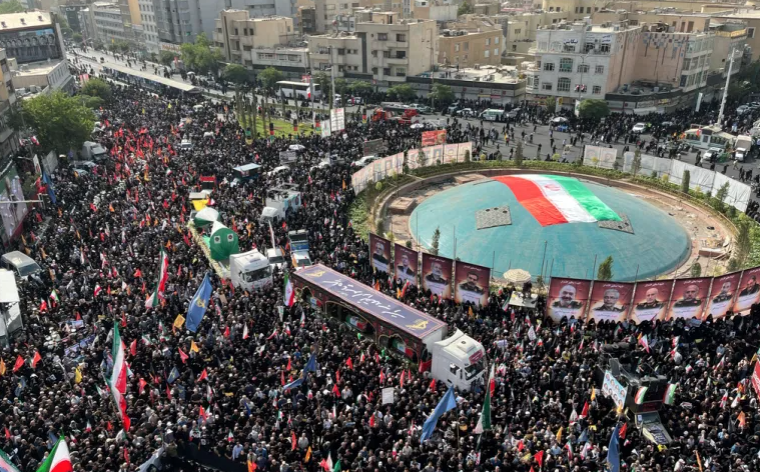
Tens of thousands of mourners filled the streets of Iran’s capital on Saturday to attend a massive state funeral for military commanders, nuclear scientists, and civilians killed during Israeli airstrikes earlier this month. The emotional ceremony came just days after a ceasefire agreement ended nearly two weeks of deadly conflict between Iran and Israel.
Iranian state television broadcast live images of coffins wrapped in national flags, driven through Azadi Street in central Tehran. The coffins carried the names and portraits of senior military officials, including General Hossein Salami, chief of Iran’s elite Islamic Revolutionary Guard Corps (IRGC), and General Amir Ali Hajizadeh, head of the IRGC’s missile program—both killed on the war’s first day.
Also among the dead were Major-General Mohammad Bagheri and top nuclear scientist Mohammad Mehdi Tehranchi, victims of Israel’s targeted efforts to cripple Iran’s nuclear program. Iran confirmed 60 people were honored in the ceremony, including 4 women and 4 children.
Crowds Denounce U.S. and Israel
Chants of “Death to America” and “Death to Israel” echoed through the streets as mourners expressed outrage at the strikes. Government offices were closed to allow public servants to attend, a sign of the event’s national significance.
While Ayatollah Ali Khamenei, Iran’s Supreme Leader, was not seen publicly at the funeral, officials noted he traditionally holds private prayers over commanders’ coffins ahead of public ceremonies.
A 12-Day War With Far-Reaching Impact
The war erupted on June 13, when Israel launched what it described as a pre-emptive strike aimed at neutralizing Iran’s nuclear ambitions. Over 12 days, Israel claimed to have killed 30 Iranian commanders, 11 nuclear scientists, and destroyed over 720 military sites.
In retaliation, Iran launched more than 550 ballistic missiles, targeting military bases in Israel. After the U.S. joined the conflict and struck three nuclear sites in Iran, Tehran responded with a missile attack on a U.S. base in Qatar.
The conflict ended with a ceasefire on Tuesday, but both Israel and Iran claimed victory. Iran’s Ministry of Health reported 627 civilian deaths, while Israel reported 28 fatalities from missile strikes.
Trump-Khamenei War of Words
A day before the funeral, former U.S. President Donald Trump reignited tensions on Truth Social, accusing Khamenei of “exaggerating” and claiming he knew Khamenei’s location during the war. Trump further claimed he had considered lifting sanctions but backed out due to Khamenei’s remarks.
Iran’s Foreign Minister Abbas Araghchi responded sharply on X (formerly Twitter), calling Trump’s tone “disrespectful and unacceptable.” He emphasized that Khamenei is not only a spiritual figure but Iran’s head of state, military, and political leader—a role deeply embedded in Shia Islamic governance.
What’s Next?
Despite U.S. claims of a potential restart to nuclear talks, Iran has denied any plans to return to the negotiating table. Analysts warn that deep mistrust, compounded by the conflict and public anger, will make diplomacy difficult.
As Tehran buries its dead, the region remains on edge—mourning today, but uncertain about tomorrow.
